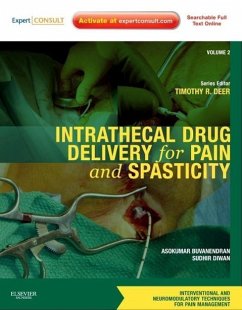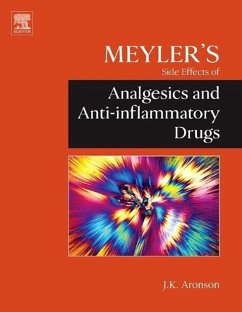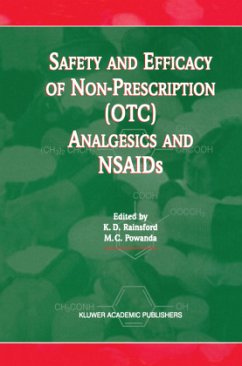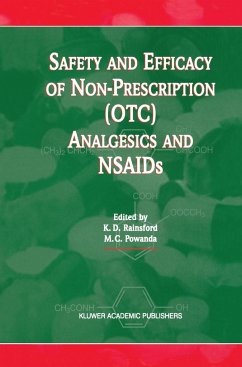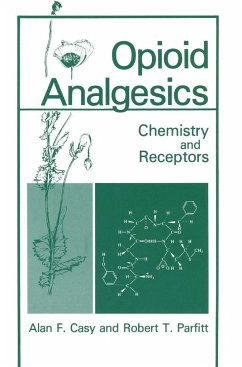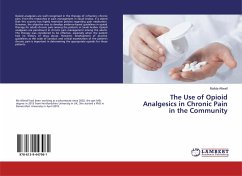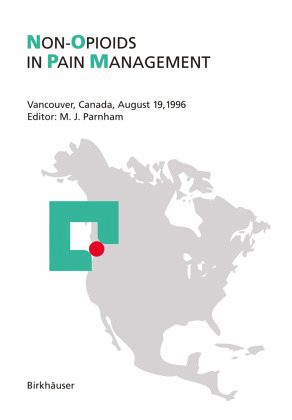
Non-Opioids in Pain Management
Vancouver, Canada, August 19, 1996
Herausgegeben von Parnham, Michael J

PAYBACK Punkte
20 °P sammeln!
There is no ideal analgesic and the most potent drug is not always the best because of its side-effects. Non-opioid analgesics, including the non-steroi dal anti-inflammatory drugs and the non-narcotic analgesics, play an im portant role in the relief of a wide spectrum of painful conditions, though they vary in efficacy and safety. This book reviews the role which non-opi oid analgesics play in the relitff of pain, particularly with regard to post operative and cancer pain. Emphasis is placed on the clinical indications for the non-acidic analgesic, dipyrone, and its relative safety in compar...
There is no ideal analgesic and the most potent drug is not always the best because of its side-effects. Non-opioid analgesics, including the non-steroi dal anti-inflammatory drugs and the non-narcotic analgesics, play an im portant role in the relief of a wide spectrum of painful conditions, though they vary in efficacy and safety. This book reviews the role which non-opi oid analgesics play in the relitff of pain, particularly with regard to post operative and cancer pain. Emphasis is placed on the clinical indications for the non-acidic analgesic, dipyrone, and its relative safety in comparison to other non-opioid anlgesics. Michael J. Parnham 9 Introductory remarks Klaus A. Lehmann, Department of Anaesthesiology and Operative Intensive Care, University of Cologne, J osef-Stelzmann-Str. 9, D-50924 Cologne, Germany Opioids are considered to be the most potent analgesics for the manage ment of acute and chronic pain. Much progress has been achieved with respect to their general availability in most countries, and health care per sonnel have been encouraged to use these drugs more generously in a vari ety of pain syndromes, including post-operative or cancer pain. The intro duction of new techniques such as Patient-Controlled Analgesia (PCA) or guidelines such as the WHO ladder concept for cancer pain mangement have considerably increased our knowledge of their benefits and prob lems.



